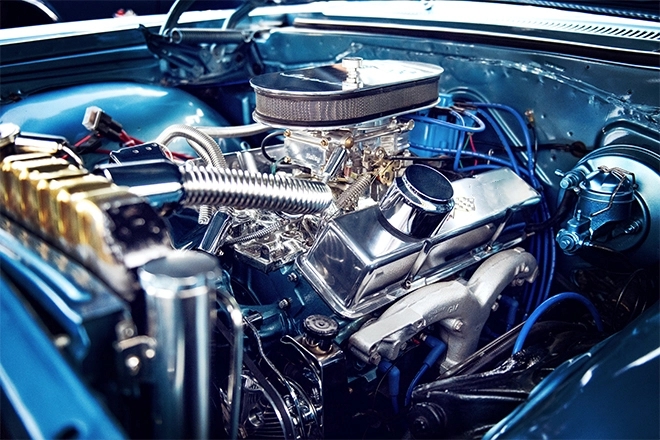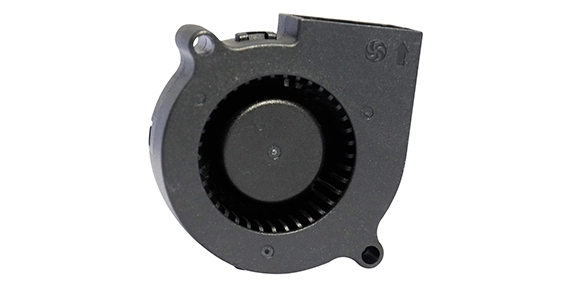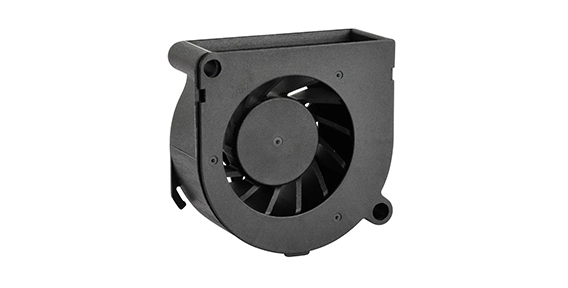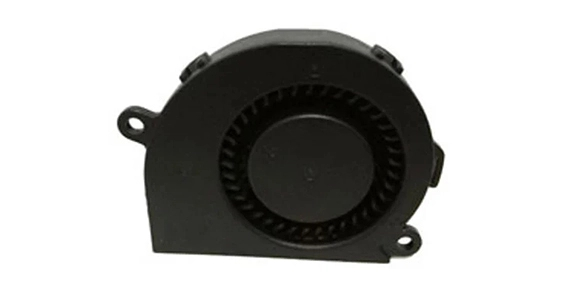The car engine cooling fan is a crucial component in maintaining the optimal operating temperature of a vehicle's engine. It plays a vital role in preventing overheating and ensuring that the engine operates efficiently. This article aims to explore the dynamics of car engine cooling fans, including their role, evolution, and advanced features.
Understanding the Role of the Car Engine Cooling Fan
The primary function of the car engine cooling fan is to keep the engine cool by dissipating heat. As the engine operates, it generates a significant amount of heat, and without proper cooling, it can lead to engine damage or even failure. The cooling fan works by pulling air through the radiator, helping to lower the temperature of the coolant flowing through it.
In most vehicles, the cooling fan is electrically powered and controlled by the engine control unit (ECU). The ECU monitors the engine temperature and activates the fan when necessary. It does this by sending a signal to the fan's motor, causing it to spin and draw air into the engine compartment. This air helps to remove heat from the radiator and coolant, maintaining a safe operating temperature.

The Evolution of the Car Engine Cooling Fan
Over the years, car engine cooling fans have evolved to meet the increasing demands of modern vehicles. Earlier designs relied on simplistic mechanical fans driven by engine power through a belt. While effective, these fans were often noisy and consumed a significant amount of horsepower, leading to reduced fuel efficiency.
With advancements in technology, electric fans became more prevalent. These fans offered improved control and efficiency compared to their mechanical counterparts. They were quieter, required less power, and could be activated only when needed, saving fuel consumption. The electric cooling fans also allowed for more flexible positioning within the engine compartment, optimizing airflow and cooling efficiency.
Exploring Advanced Features in the Car Engine Cooling Fan
In recent years, the automotive cooling fan has incorporated advanced features to further enhance their performance. One such feature is variable speed control. Rather than operating at a constant speed, these fans can adjust their rotation speed based on the engine's temperature. This allows for precise cooling and helps to prevent unnecessary overheating or cooling.
Another feature is the integration of sensors and control algorithms. Sensors placed in the engine or radiator can monitor various parameters such as coolant temperature, engine load, and ambient temperature. These sensors provide feedback to the ECU, which can then make real-time adjustments to the cooling fan's operation to optimize cooling efficiency.
Additionally, some car engine cooling fans are now equipped with dual fans or multiple fan speeds. Dual fans provide increased airflow and cooling capacity, ideal for high-performance engines or challenging driving conditions. Multiple fan speeds allow for fine-tuning the cooling capacity based on the engine's requirements, providing better control and energy efficiency.
The car engine cooling fan is an essential component in maintaining the proper operating temperature of a vehicle's engine. Its role in dissipating heat and preventing overheating cannot be overstated. With advancements in technology, cooling fans have evolved to become more efficient and flexible, incorporating features such as variable speed control and advanced sensing capabilities. Manufacturers like XIE HENG DA continue to push the boundaries of cooling fan performance, ensuring that modern vehicles operate reliably and efficiently. With further research, we can expect continuous improvements in the dynamics of car engine cooling fans, resulting in better engine performance and longevity.


 EN
EN 

 +
+
 +
+
 +
+



